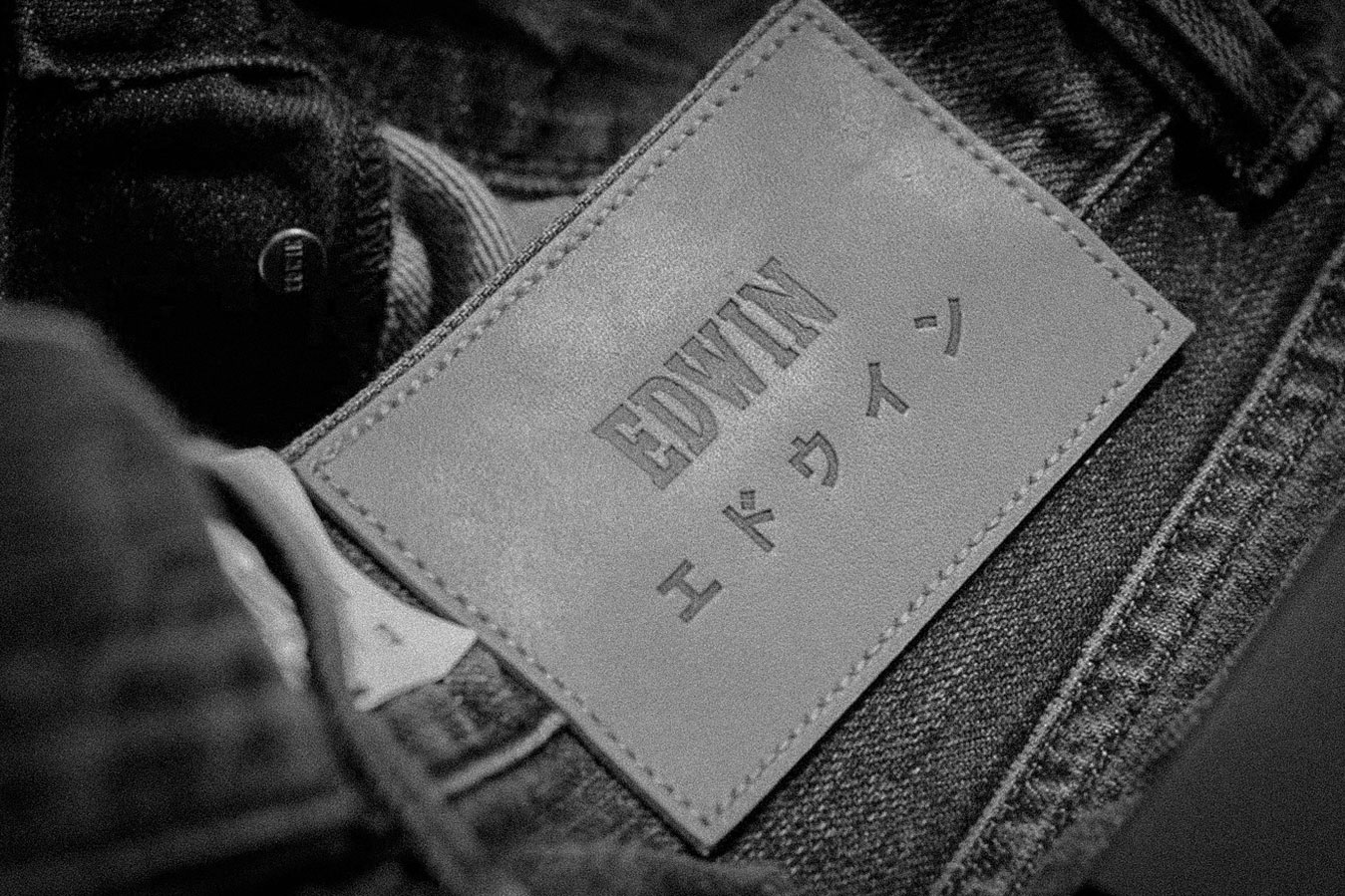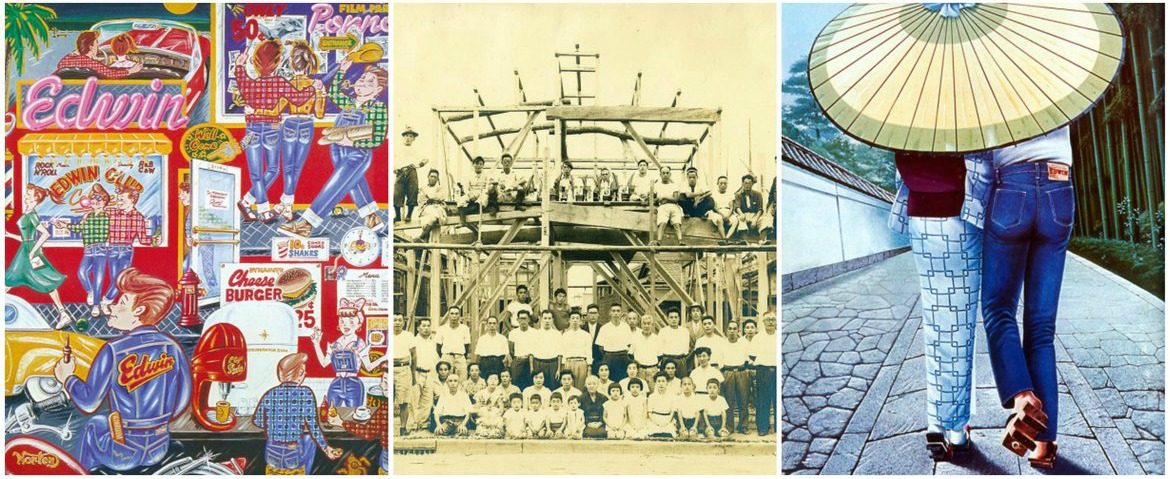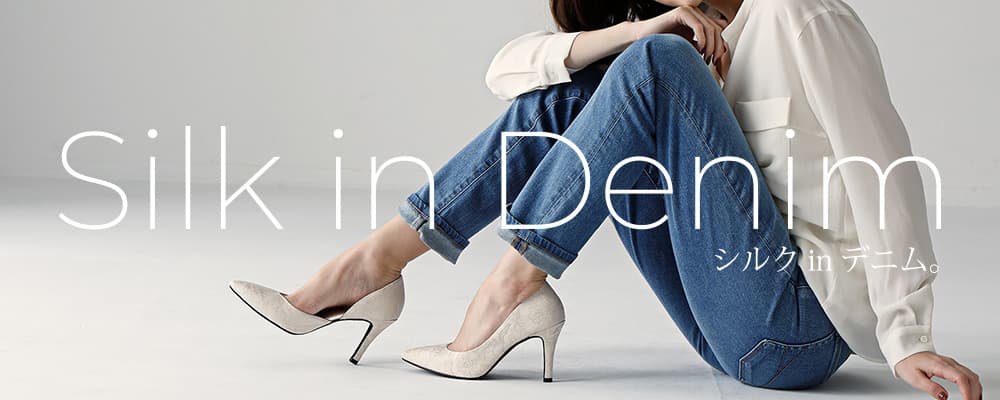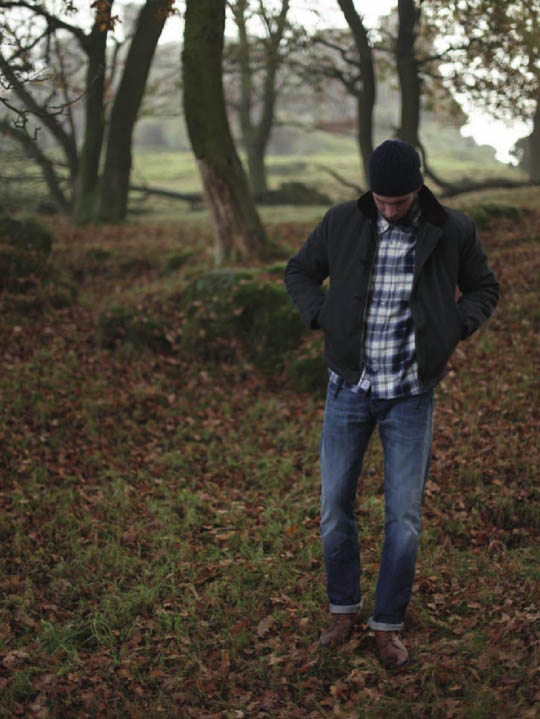Edwin, the dream of Japanese denim

Edwin denims are an institution, better, a reference in the world of jeans. The name of the Japanese label is an anagram of the word "denim", by returning the m in w. Edwin was especially able to innovate in the weaving and washing of jeans to give them an old look. The Edwin collection now includes denim jackets, sweatshirts, T-shirts, shirts and even pants other than jeans that all deserve a place in your wardrobe. They all remain within the high guideline of more than 70 years ago, namely the authenticity of the raw materials. It is currently a leading company in the denim industry and more broadly in the fashion industry. But this emblematic family brand was not intended to be so successful.
Sit under your warmest and most coziest blanket, and get ready to discover the story of one of today's denim giants.
An old brand
The brand was founded in 1947 by Mr. Tsunemi. When it first started, it imported used jeans from the United States to refurbish and then resell. This involved washing denims and also textile repairs (such as tears). In 1959, the label wanted to go further in its field of activity. He's going to start importing some new jeans, but without success. Japanese customers were not accustomed to denims that could discolour or shrink when washed.
It was only in 1961 that Edwin began to produce his own jeans. It is only two years after the Japanese brand will accomplish its first great feat of arms. It will produce jeans, still known today as the most solid denim. Its fabric is 16 oz. They managed to obtain such a fabric from their hand weaving technique.

It should be noted that originally, the jeans were lighter, ranging from 9 to 10 oz. Nowadays, the most classic denims have a slightly heavier canvas ranging from 13.5 oz to 14 oz.
A traditional denim
In 1970, Edwin became the first denim company in the world to develop a wash to give an already worn effect to his pieces. This "old wash" will be a great success, bringing a new graphic touch to the new jeans that were previously discoloured in the wash.
It was in the 1980s that the Japanese brand achieved its second major feat of arms, it developed stonewashing. This new way of making jeans will simply revolutionize the denim industry and make Edwin a reference in this sector. For stone washing, denim manufacturers place new jeans in the machine with stones to produce an aged effect on the canvas.

It was during the 90s that Edwin created his "new vintage" concept. The principle is simple, to take up the subtlety of vintage hand washing. All the inspiration comes from the brand's old archives, when it repaired second-hand jeans imported from the United States.
Edwin jeans, a world reference
In 2003, Edwin will start producing jeans for the European market, and will even be very successful. The brand wanted to expand, so it chose Europe like the United States. It will bring a whole new audience and therefore a new way of designing jeans. The stakes are high, and the brand has been able to respond.
Brad Pitt was the brand's official muse from 1996 to 1999. This choice has greatly contributed to popularizing the brand in the eyes of the Western market. It was able to hit hard. The use of such a strong symbol has allowed it to stand out even more from other denim labels. Another very good feeling from Edwin.

Nowadays, the label also sells other brands, such as Something for women. It also operates the Carhartt license in Japan, as the American company is not interested in this market. Edwin is a mastodon of the Japanese denim. It is one of the most important figures in his country, he is also a leader in Europe.

It is on the 70th anniversary of the brand, in 2017, that she want to focus on the American market. Edwin denims are widely sold in Japan (3000 outlets) and in Europe (more than 900 outlets). But, in the United States, people have to go to jeans shops to get them.

Today, jeans ED-55, ED-80 and ED-85 are the Japanese brand's most important jeans models. Every year, the collection is expanded, including reissues of its mythical denims, new models, and the development of a selection of tops ranging from simple t-shirts and sweaters to shirts and jackets. Edwin is currently a key actor in fashion.
By Luc Lafitte.
